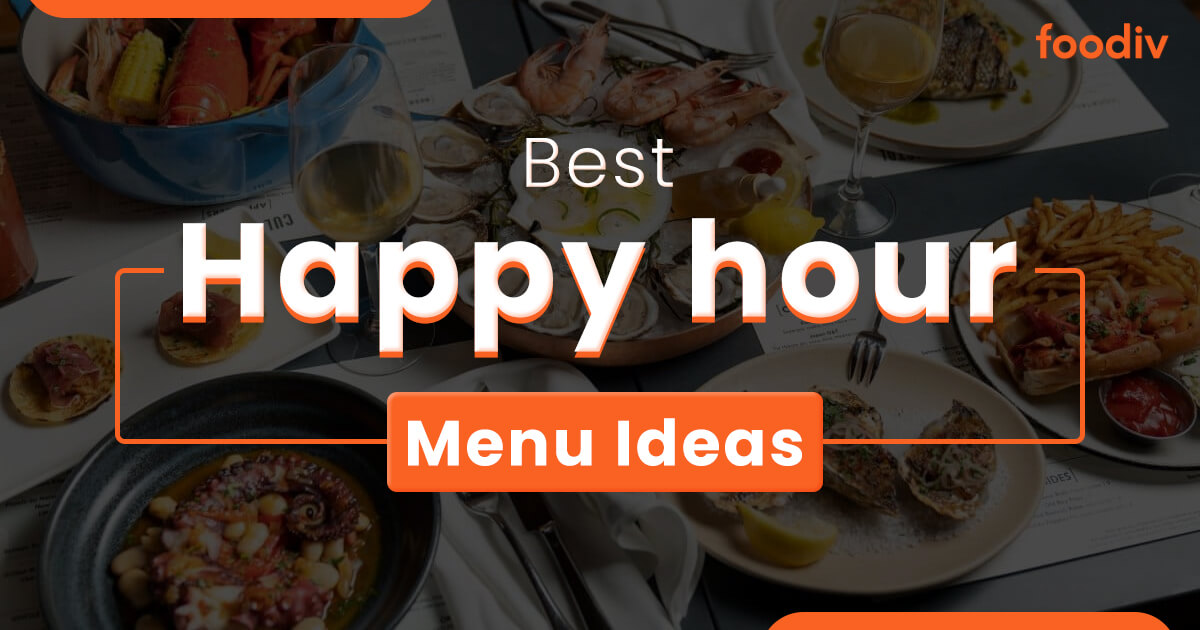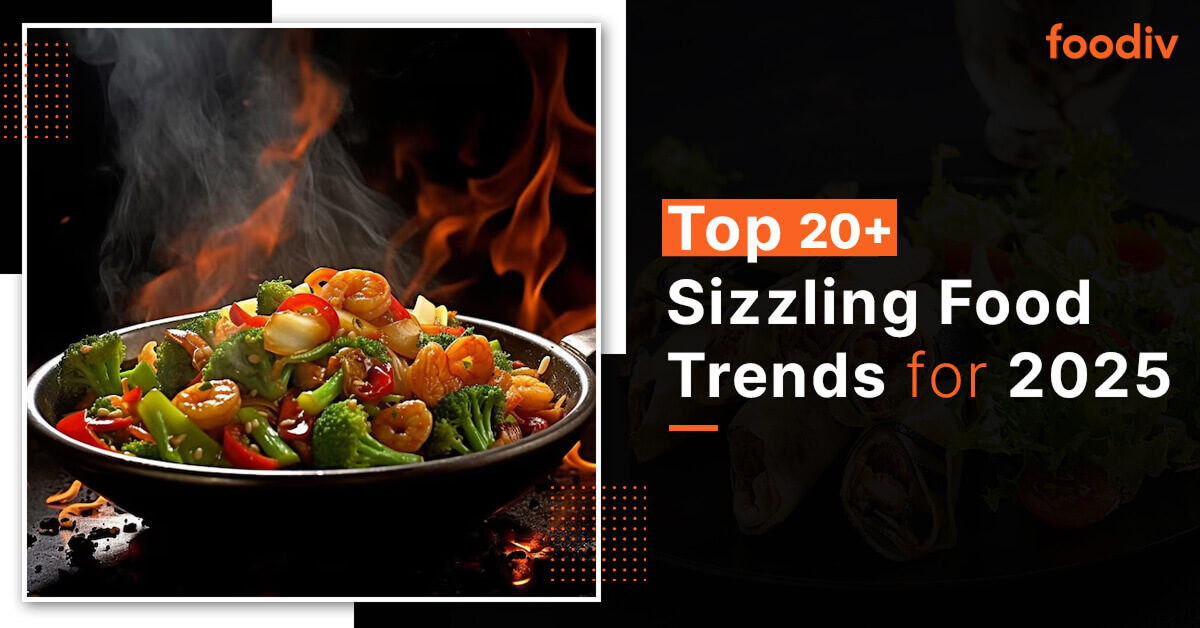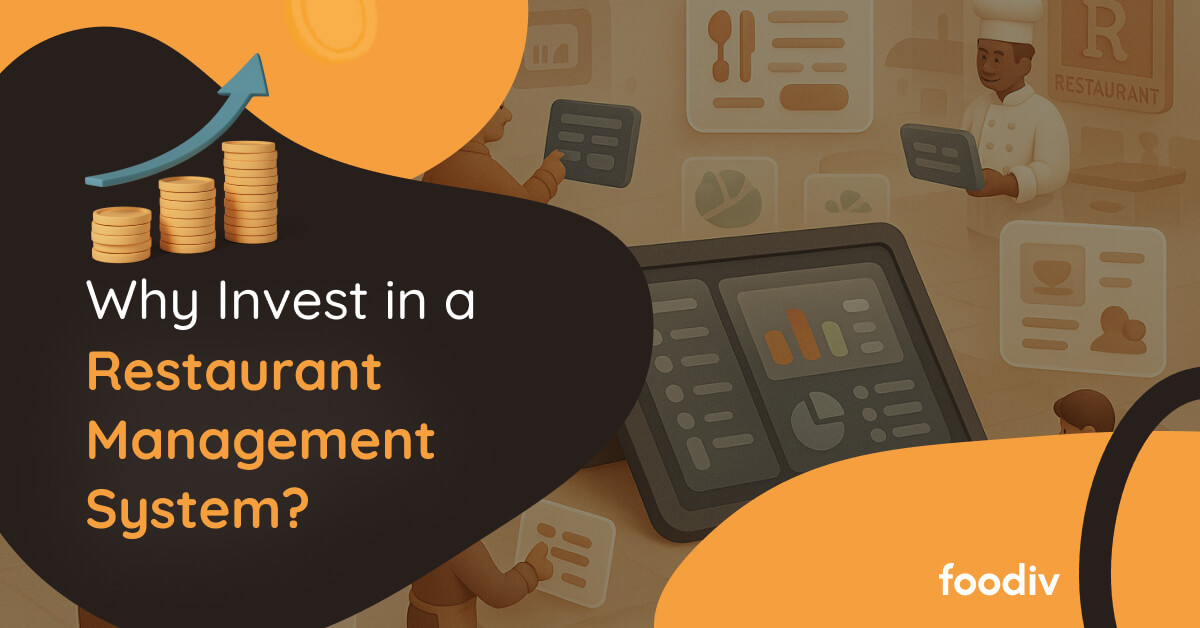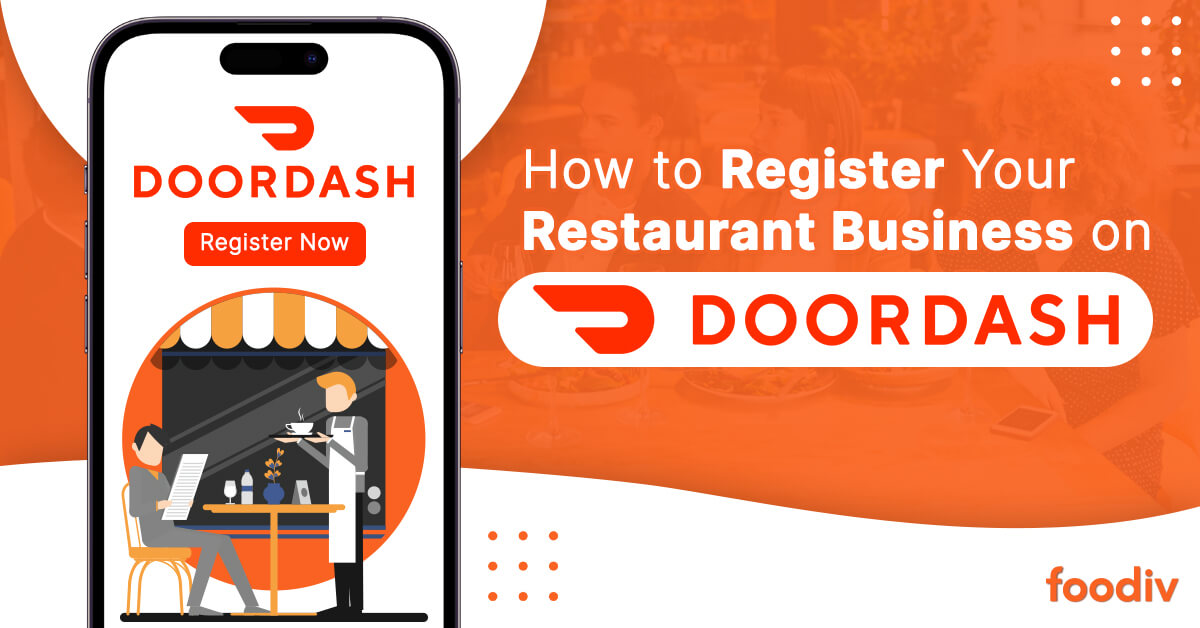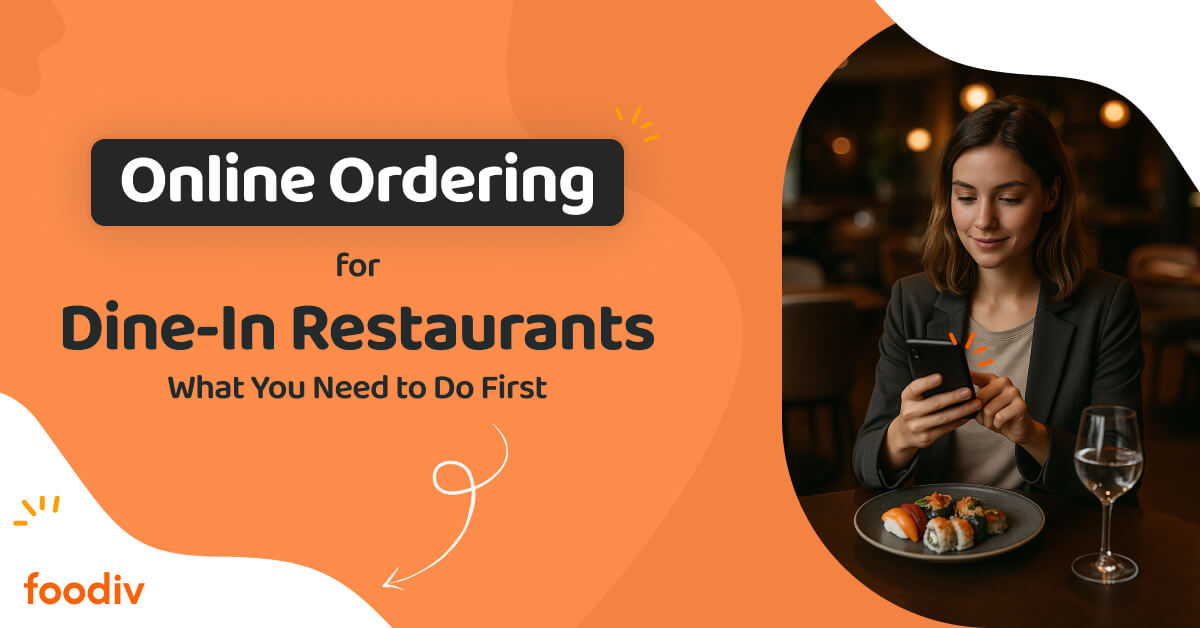
According to Statista, the online food delivery market is expected to make revenues touching whopping 1.4 trillion U.S. dollars by 2027. Even further, with the dawn of food delivery super apps, the number is likely to increase manifold in the coming years.
The food service industry is experiencing a rapid shift as online food ordering becomes a standard expectation for customers across all segments. According to Statista, the global online food delivery market is expected to exceed 1.4 trillion US dollars by 2027, fueled by increasing digital convenience, shifting consumer habits, and the growing demand for contactless ordering.
For dine-in restaurants, this shift is more than a trend. It is a signal that traditional dining models must adapt to modern customer preferences. Offering an online ordering system is no longer optional. It is a necessary extension of the restaurant experience. Whether you operate a full-service restaurant, a local bistro, or a small family-owned eatery, preparing your business for online food orders can open new revenue streams, improve operational efficiency, and strengthen customer loyalty.
However, offering online orders without the right systems and preparation can quickly lead to disorganized service, slow delivery times, and unhappy customers. A clear strategy is essential before implementing an online ordering system for restaurants.
This article outlines the key things dine-in restaurants need to do before accepting online orders. From setting up a reliable restaurant ordering system to training staff and updating menus, this practical guide will help you build a strong foundation for online ordering success.
Things Dine-In Restaurants Need to Do Before Taking Online Orders
Launching online orders is an important step for dine-in restaurants, but doing it without preparation can create confusion for both customers and staff. From managing the flow of digital orders to ensuring accurate delivery and maintaining food quality, a restaurant must be operationally ready. Having an online ordering system for restaurants is valuable only when the processes behind it are reliable and well-coordinated. To ensure a smooth transition, dine-in restaurants must take specific operational steps before enabling online food ordering.
Update and Optimize Your Online Menu
Your online menu is the first interaction customers have when placing online orders, so it must be clear, updated, and structured for digital ordering. Unlike dine-in menus, online menus should be simplified to reduce confusion and support faster decision-making. The goal is to make the online food ordering experience smooth, visual, and efficient, both for the customer and the kitchen.
Here’s what dine-in restaurants should consider when preparing their online menu:
List only dishes suitable for delivery
Remove items that do not hold up well during transport or require complex assembly.
Simplify categories and reduce choice overload
Too many options can slow down ordering. Group items into clear categories like Main Course, Starters, Sides, and Beverages.
Add clear descriptions and modifiers
Each item should have a short description, and if applicable, allow for options such as spice level, add-ons, or dietary changes.
Use high-quality images and icons
Photos help customers quickly recognize dishes. Use visual markers for vegetarian, spicy, or gluten-free items to support easy filtering.
Regularly review pricing and availability
Make sure the online menu matches your current pricing and stock. This avoids frustration and refund issues during peak hours.
An optimized menu not only improves the online food ordering process but also helps reduce errors in the kitchen and increases customer satisfaction. It is one of the most important foundational steps when setting up an online ordering system for restaurants.
Train Your Staff and Assign Roles
Successful online food ordering depends not just on technology but also on people. Dine-in restaurants must train their staff to handle the differences between dine-in service and online orders. This includes preparing orders quickly, handling digital systems, managing customer expectations, and coordinating with delivery personnel.
Key areas to cover in staff training:
Platform familiarity
Train staff on how to receive and manage online orders using your restaurant ordering system. They should know how to accept, reject, or update orders in real time.
Packaging and labeling
Assign specific staff to manage packaging tasks and ensure correct labeling of each order. This helps avoid mix-ups and improves delivery accuracy.
Customer communication and issue handling
Designate one or more team members to handle calls or chats related to online orders, such as complaints, address issues, or late deliveries.
Role distribution
Define clear roles like online order handler, kitchen coordinator, and packager. This keeps the workflow organized and minimizes errors during rush hours.
Regular training ensures your team can deliver the same quality experience through online orders as they do in the dining room.
Set Up a Dedicated Area for Online Orders
Dine-in restaurants often overlook the need for a separate zone to handle online orders, which can lead to delays, confusion, and poor order accuracy. To improve workflow and efficiency, create a designated area in your restaurant specifically for managing and dispatching online food orders. This helps separate dine-in and delivery operations, reducing stress for staff and ensuring faster turnaround for digital customers.
What to include in your online order fulfillment area:
Clear physical separation
Create a space near the kitchen or pickup zone exclusively for preparing and packing online orders. It should not overlap with dine-in plating areas.
Essential supplies and tools
Equip the area with thermal bags, packaging materials, condiments, napkins, stickers, and order tickets. Keep everything accessible to speed up fulfillment.
Pickup and handoff coordination
Set up a counter or shelf where delivery partners can collect orders without interfering with dine-in traffic. Use order screens or printouts to organize pickups efficiently.
A dedicated space ensures that online orders are managed smoothly and without disrupting dine-in service, supporting the reliability of your overall online ordering system for restaurants.
Focus on Packaging for Online Food Orders
Packaging plays a critical role in the success of online food ordering. Unlike dine-in service, where presentation is immediate and controlled, online orders travel and face risks like leakage, spillage, and temperature loss. Dine-in restaurants must treat packaging as an extension of food quality, customer experience, and brand identity.
Important considerations for packaging online orders:
Durability and insulation
Use containers that can withstand movement and hold heat or cold as needed. For hot items, consider insulated or double-walled packaging; for cold items, moisture-resistant materials work best.
Leak-proof and tamper-evident design
Choose packaging that prevents spills and includes tamper-evident seals to maintain hygiene and safety.
Branding and labeling
Add branded stickers, thank-you notes, or eco-friendly messaging to build a connection with customers. Clear labeling helps avoid order confusion, especially when multiple items are packed together.
Sustainability
More customers are valuing eco-conscious practices. Using recyclable, biodegradable, or compostable materials can boost your brand image and align with customer values.
Thoughtful packaging ensures that the food reaches customers in excellent condition and reflects the care dine-in restaurants put into their online orders.
Creative Food Packaging Ideas for Restaurants
Offer Multiple Payment Options
Customers ordering food online expect payment to be quick, flexible, and secure. If a dine-in restaurant offers only one or two payment options, it risks losing customers who abandon the checkout process. A reliable online ordering system for restaurants should integrate various payment methods to cater to different preferences.
Recommended payment options for online food orders:
- Credit and debit cards
- UPI and mobile wallets (Paytm, Google Pay, PhonePe)
- Net banking
- Cash on delivery (if supported by the delivery model)
- Buy-now-pay-later services (optional, based on region and customer base)
Providing multiple payment methods reduces cart abandonment, increases completed online orders, and shows customers that the restaurant values convenience and accessibility. It also builds trust, especially with first-time online food ordering customers.
Promote Your Online Ordering Service
Even with a well-prepared restaurant ordering system in place, customers need to know it exists. Dine-in restaurants must actively promote their new online food ordering option to build awareness and drive traffic. Marketing should start internally and then expand to external platforms where your customers already engage.
Ways to promote your online ordering system:
In-store marketing
Add QR codes on tables, takeaway packaging, and at the payment counter with a message like “Order online next time.”
Social media and digital channels
Use social media platforms like Instagram, Facebook, and WhatsApp to announce the launch of online orders. Post behind-the-scenes content showing how online food orders are prepared and packed.
Email and SMS campaigns
Send short messages to past dine-in customers with discounts or loyalty rewards for their first online order.
Promotions and limited-time offers
Launch a short-term discount or free item with the first online order to encourage initial adoption.
Promotion ensures your investment in an online ordering system for restaurants is matched by actual order volume and customer engagement.
Effective Digital Marketing Strategies For Restaurant Business
Choose a Reliable Online Ordering System
The foundation of successful online food ordering is a dependable restaurant ordering system. It must be simple to manage, easy for customers to use, and designed to support the specific workflow of dine-in restaurants. Choosing the right platform helps prevent order delays, technical issues, and customer complaints.
Foodiv is a reliable online ordering system for restaurants that want to start quickly without complicated setup or high commissions. It allows you to manage online orders, update menus, track deliveries, and accept payments through one unified dashboard. With Foodiv, dine-in restaurants can maintain full control over their online food ordering process while providing customers with a seamless experience.
Key advantages of using Foodiv for online orders:
- No commissions per order — keep 100% of your revenue
- Fast onboarding and user-friendly interface
- Real-time menu control and order tracking
- POS integration and multiple payment options
- Branded website and mobile app options available
Whether you run a single-location restaurant or a multi-branch operation, Foodiv helps you streamline your online ordering system, expand your reach, and deliver consistent quality to your customers.

Conclusion: Set Your Dine-In Restaurant Up for Online Ordering Success
The shift to online food ordering is not just a passing trend. It has become an essential part of how customers expect to engage with restaurants. For dine-in restaurants, preparing to accept online orders means more than just turning on a digital menu — it requires thoughtful planning, the right systems, and a trained team.
From updating your menu and organizing a dedicated prep area to choosing a reliable online ordering system for restaurants, each step plays a role in creating a smooth experience for your customers and your staff. When done right, online orders can boost your revenue, improve operational efficiency, and grow your restaurant’s presence far beyond your dining room.
Foodiv helps dine-in restaurants launch their own commission-free online ordering system with ease. Whether you need a simple ordering page or a full-featured platform with delivery tracking and payment integration, Foodiv gives you the tools to grow. Contact our team today and start taking online food orders the smart way.


